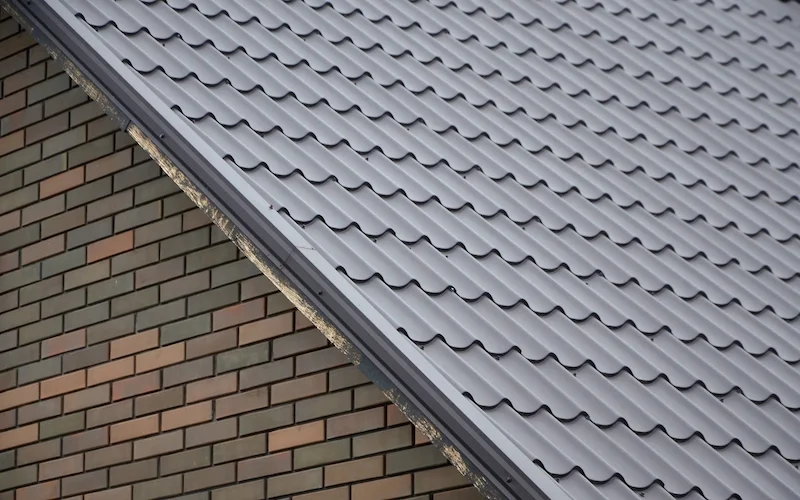Your CPAP Machine Might Be Doing More Harm Than Good
Sleep apnea is a severe disorder that affects millions of Americans today. The medical condition causes breathing to repeatedly stop and start during sleep. To deal with this, many people with sleep apnea use machines like CPAPs, BiPAPs, and ventilators to help them sleep well and stay healthy.
The largest producer of these frequently used CPAPs and BiPAPs, Philips, has recently recalled various products due to defects that could lead to serious health problems. More than 24 million Americans have used Philips CPAPs to help their sleep apnea and are now at risk of repercussions.
If you or a loved one have used Philips products and been diagnosed with respiratory illness or other conditions, you may be eligible for compensation from Philips. This article will tell you everything you need to know about the CPAP ventilator mass tort.
The Potential Dangers of CPAP
Many people who suffer from sleep-related breathing disorders use continuous positive airway pressure (CPAP) machines to clear their airways. Many people don’t know that when you use your CPAP for an extended period of time, the sound-dampening foam in the machine will wear down extensively, causing more harm than good for your health and respiratory system.
The worn-down foam has led to users developing respiratory diseases, cancers, heart attacks, and other health problems.
Contact your healthcare provider immediately if you or a loved one used a CPAP device and have experienced airway inflammation or irritation, sinus infections, dizziness, headaches, chest pressure, or hypersensitivity. You may need medical assistance or be able to start filing a lawsuit for damages.
Philips CPAP Recall And Lawsuits
In June 2021, Philips recalled certain CPAP and BiPAP machines and ventilators due to potential health risks. The problem with these machines, as stated before, is the sound-reducing foam. The polyester-based polyurethane foam in the devices can degrade from use and cause users to inhale toxic particles. Excessive use, exposure to heat and humidity, and ozone cleaning can accelerate the deterioration of the foam and increase the chances of intaking these particles.
After recalling the products, Philips failed to provide prompt notices to customers, leading them to continue using the products and increasing their chances of health risks. Many users also suspect Philips knew about the toxic foam well before the recall in 2021. A series of litigations against Philips occurred due to inadequate warnings and failed recall responses.
Recalled MachinesPhilips recalled all CPAP, BiPAP, and mechanical ventilators manufactured from 2009 until April 2021. A list of all recalled models can be found here. The company has also recalled some Trilogy Evo Venilators with particular serial numbers.
Filing Litigations
If you or a loved one have used Philips sleep apnea machines, you can file a lawsuit for damages. When filing, you may be asked to prove that you bought a CPAP device in 2021, have used a Philip’s product for a specific period before developing health issues, and demonstrate that the device experienced foam degradation.
Due to lawsuits and litigation still being in the early stages, there have been no settlements or jury verdicts. That said, lawyers have predicted that settlement amounts could range from $100,000 to $500,000.
Contact a lawyer to begin your lawsuit if you believe you are eligible for compensation. Be ready to provide medical records, bills, receipts, and other necessary details to ensure success.
Takeaway
Although many people rely on CPAPs, BiPAPs, and mechanical ventilators to cope with sleep apnea, recent discoveries like these have proven that, in some cases, they can do more harm than good.
If you or a loved one have used a Philip’s product and have developed health issues, immediately seek medical assistance and talk to a lawyer. Getting ahead or handling any current health problems is essential, and gaining well-deserved compensation is a priority.




